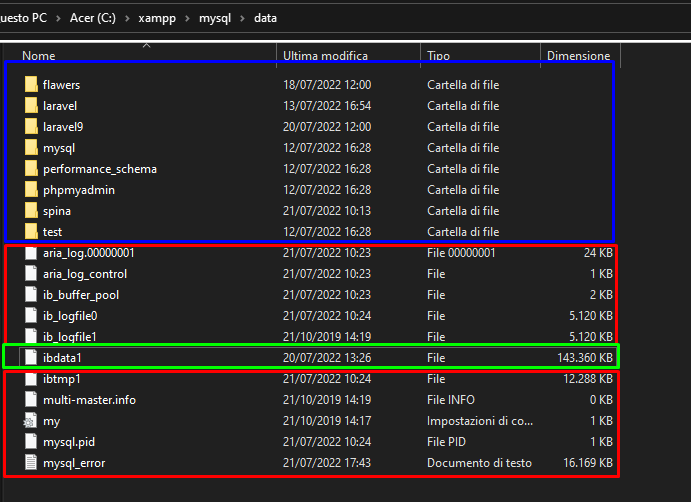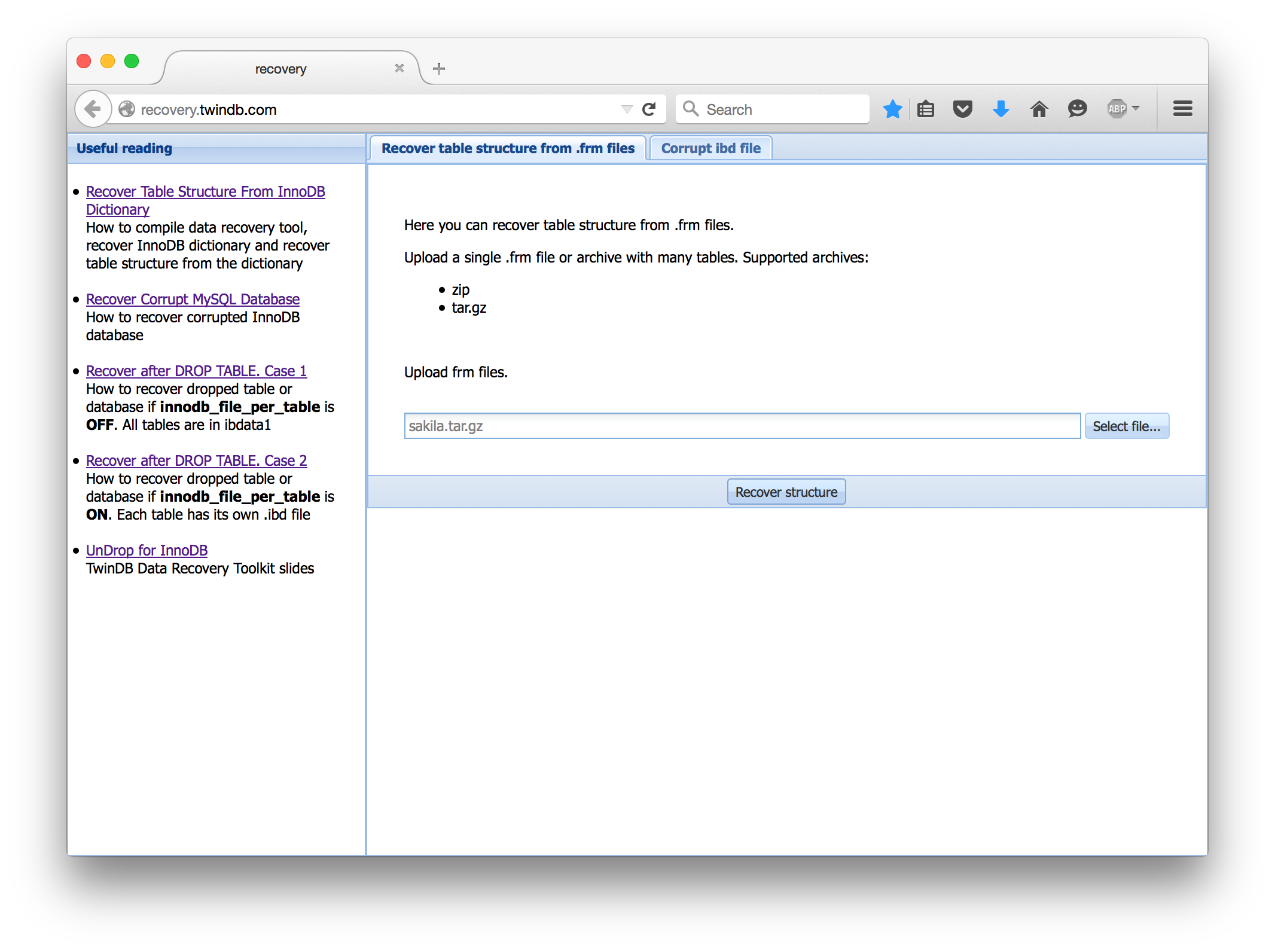What is read.frm file?
A read.frm file is a binary file that contains the formatting information or structure data for a table in a MySQL database. It specifies the table stored in the database and defines the fields and structure of the table. read.frm files when a MySQL table and they bear the same name as the tables for which they store the formatting information
The read.frm file by the MySQL server to read the table’s structure and to create the table’s data file (.ibd). The read.frm file is MySQL client applications to access the table’s structure.

The read.frm file is a binary file, so it cannot directly with a text editor.
However, there are several tools that can to view the contents of a read.frm file, such as the MySQL Workbench and the MySQL command-line client.
Here is an example of the contents of a read.frm file:
Table Name: read
Field1:
Type: INT
Length: 11
Null: NO
Field2:
Type: VARCHAR
Length: 255
Null: YES
This read.frm file defines a table with two fields, Field1 and Field2. Field1 is an integer field with a length of 11 and is not nullable. Field2 is a varchar field with a length of 255 and is nullable.
The read.frm file is an important part of a MySQL database. It contains the information that the MySQL server needs to read and write the table’s data. If the read.frm file is lost or corrupted, the table will not be able to be read or written.
Here are some of the software that can be used to open and view read.frm files:
- MySQL Workbench
- MySQL command-line client
- Aryson MySQL Database Repair Software
- iBlaze
- Photoframe
- Corel WorldPerfect
- Corel Painter
- MYOB
What is .frm File in MySQL?
The.frm file store table metadata for a specific table in a MySQL database. The structure of a table created in MySQL, including column names, data types, indexes, and other table-related information, is recorded in a file with the extension.frm.
Each.frm file corresponds to a single table in the MySQL database, and it resides in the database directory beneath the schema (database) folder.
For instance, if you have a “employees” table in the “company” database, the corresponding.frm file will be “employees.frm” and saved in the “company” database folder.
The.frm file contains the table definition in a binary format that is specific to the version of MySQL and the storage engine.
It does not contain the table’s actual data; that information is separately in other files, dependent on the storage engine (e.g., InnoDB, MyISAM, etc.).
The separation of table definition from data storage enables MySQL to support multiple storage engines and provides flexibility for database administration.
When you create or modify a table in MySQL, the server updates the.frm file to reflect any structural changes.
It is important to observe that MySQL neither recommends nor supports the direct modification of.frm files. Changes to table structures should be made using SQL commands and MySQL management tools such as the MySQL Command Line Client, MySQL Workbench, and others. Directly modifying.frm files can result in data corruption and other issues, so it’s best to let the MySQL server manage these modifications via SQL commands.
How to open or access an .FRM file?
There are two main ways to open or access an .FRM file:
-
Using MySQL Workbench
MySQL Workbench is a graphical user interface (GUI) tool that can be used to manage MySQL databases. To open an .FRM file in MySQL Workbench, follow these steps:
- Open MySQL Workbench.
- In the Object Browser, expand the Databases node.
- Right-click on the database that contains the .FRM file and select Open.
- In the Open File dialog box, select the .FRM file and click Open.

-
Using the MySQL command-line client
The MySQL command-line client can access MySQL databases from the command line. To open an .FRM file in the MySQL command-line client, follow these steps:
- Open a command prompt.
- Navigate to the directory where the .FRM file is located.
- Type the following command:
mysql -u root -p < database_name > < frm_file_name
For example, to open the .FRM file my_table.frm in the database my_database, you would type the following command:
mysql -u root -p my_database < my_table.frm
Once you have opened the .FRM file, you can view its contents in the MySQL command-line client.
Read other Blogs:




